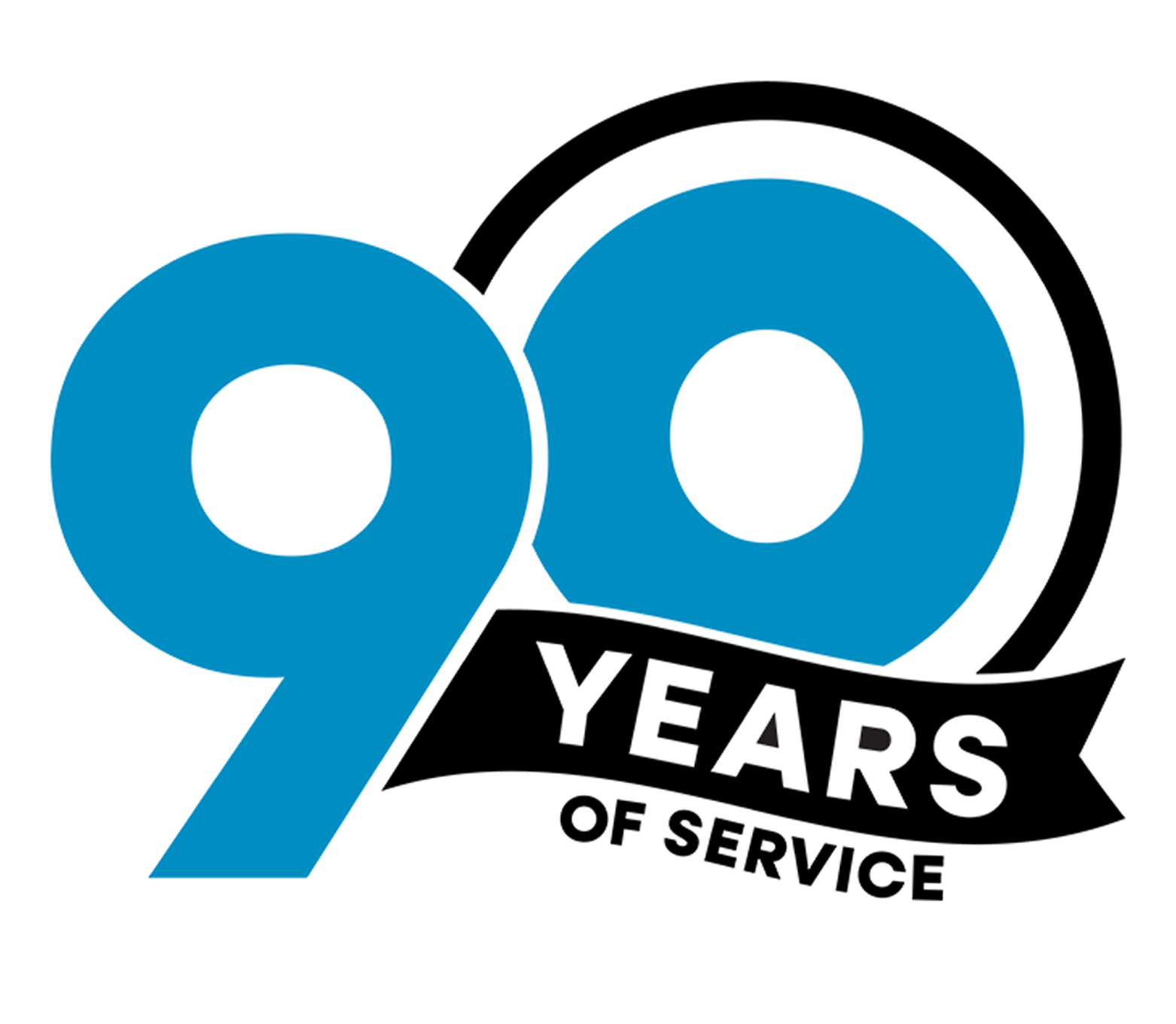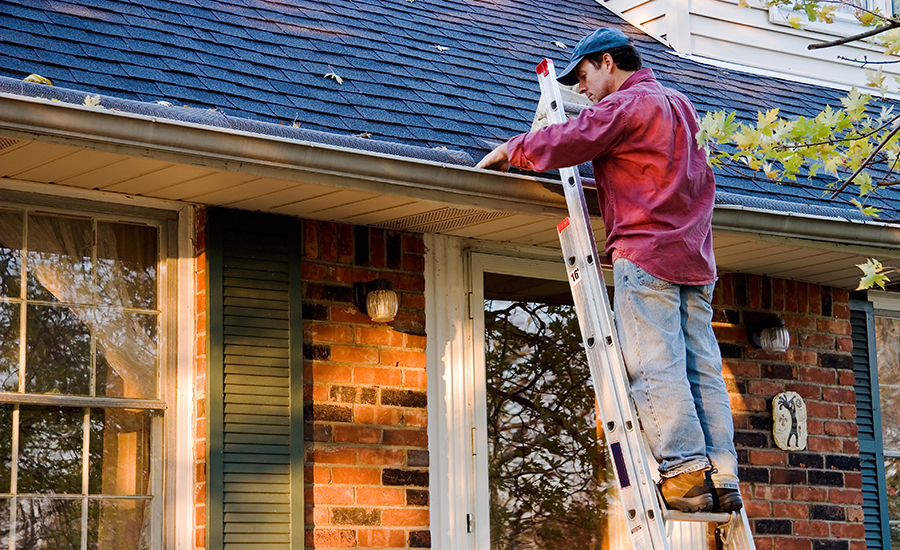Your home is likely one of your biggest investments, and keeping up with seasonal tasks is an important way to protect its value. So, now, as the days get shorter and the air turns crisp, it's the perfect time to prepare your home for cooler weather. After all, routine maintenance doesn't just keep your house looking good; it also helps you avoid major repairs.
Whether you’re planning to stay in your home for decades or thinking about future resale value, these fall home maintenance tips will help you safeguard your investment while making your home safer and more efficient.
1. Reverse Your Ceiling Fans
Ceiling fans aren't just for cooling rooms. By reversing the direction of your fan to spin clockwise, you'll push warm air down from the ceiling and keep your rooms cozier. This simple step can also help you save on heating costs.
2. Clean and Inspect Your HVAC and Fireplace
Before you fire up the furnace or light your first fire, schedule an HVAC tune-up and have your fireplace inspected. Replacing filters, clearing out dust, and checking for hazards will improve efficiency and give you peace of mind when the cold sets in.
3. Check Your Roof
Fall is a good time to make sure your roof is ready for months of rain and wind-especially in Oregon. Look for missing shingles, damaged flashing, or signs of wear. Spotting small problems now can prevent leaks and more expensive repairs in the future.
4. Clean the Gutters
Leaves, pine needles, and other debris can quickly clog your gutters, causing water to overflow and damage your roof, siding, or foundation. Make sure gutters and downspouts are clear so water flows away from your home.
5. Seal Drafts Around Windows and Doors
Check for gaps or cracks where cold, damp air can sneak in and spike your energy bill. According to the U.S. Department of Energy, sealing up a drafty house can save you up to 20 percent on your heating bills. They recommend proper insulation as well as weatherstripping or caulking to reduce air leaks in trouble spots, like door frames, windows, baseboards, vents, and electrical outlets.
6. Check the Attic and Crawlspace
Your attic and crawlspace can reveal a lot about your home's condition. Look for signs of pests, leaks, or inadequate insulation. Addressing these issues now will keep your home warmer and your energy bills lower.
7. Check and Update Batteries in Smoke and Carbon-Monoxide Detectors
At least once a year, take a moment to test your smoke and carbon-monoxide detectors. Replace batteries if needed and make sure each device is in good working order-it's a small step that could save lives. While you're at it, check your fire extinguishers (every home should have at least one rated for all types of fire) to ensure they are functional. Also, keep in mind that fire extinguishers more than six years old should be replaced.
8. Do an Energy Audit
A home energy audit can help you determine how much energy your home uses and where it is inefficient. You can hire a professional or perform a DIY check to locate drafts, damaged insulation, incandescent lightbulbs, and energy vampire appliances that drive up your energy bills. A thorough check can help you spot ways to keep your home cozier (and more efficient) this winter.
9. Get Your Yard Ready
Give your yard a little extra attention before the first frost. Rake leaves, aerate the lawn, and trim back shrubs or branches that could cause damage in a storm. Store outdoor furniture to protect it from the rain, and clear dead leaves or debris from garden beds to keep pests and mildew at bay. Fall is also the perfect time to plant spring-blooming bulbs, such as tulips, daffodils, and crocuses.
10. Inspect Your Front Entry, Walkways, and Porch
Your home's entryway takes a lot of traffic, and damaged walkways can turn especially hazardous when the weather turns icy. So, look for cracks in the cement that are more than 1/8 inch wide, as well as uneven sections and loose railings. Check for disintegration spots in asphalt or washed-out materials along loose-fill paths. On wooden decks and porches, check for loose boards, cracks, and uneven surfaces. Making repairs now improves safety and boosts curb appeal.
Financing Major Home Repairs
If your routine Fall maintenance uncovers bigger projects-like the need for a new furnace or a roof replacement-don't despair. Maps can help you tackle the cost of those repairs with a Home Equity Line of Credit (HELOC). A HELOC is a versatile financial tool that offers homeowners access to the equity they've built in their homes.
And, the beauty of that is, by financing renovations with home equity, you’re leveraging your home’s value to improve and protect that very value. If you are curious, please give us a call at 503.588.0181 or visit any of our branches. We’d be happy to help you compare terms and find a loan that aligns with your financial situation and needs.


